Images: Uncovering a Stone-Age Well
Stone Age Well
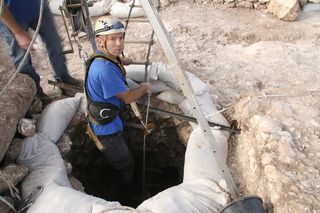
Archaeologists excavate an 8,500-year-old well found in Israel's Jezreel Valley. Among other artifacts, two skeletons were found resting at the bottom of the well.
Well Skeletons
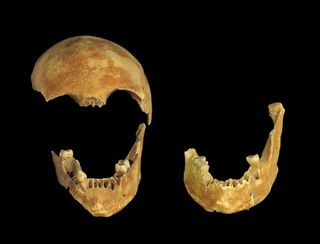
A skull exposed during the excavation of an 8,500-year-old well in Israel. Archaeologists don't know how two people ended up at the bottom of the well.
Emek, Israel
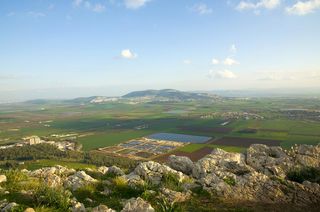
A view of Emek, Israel, in the western part of the Jezreel Valley.
Mount Tabor
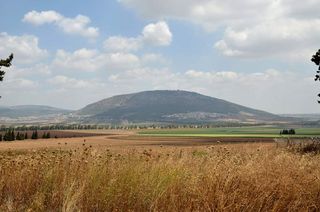
A view of Mount Tabor ("Har Tavor" in Hebrew) rising 1,640 feet (500 meters) above the Jezreel Valley in the region of Galilee. Tabor is located on the eastern end of Jezreel Valley, while the remains were found on the western fringes.
Climbing Down a Well
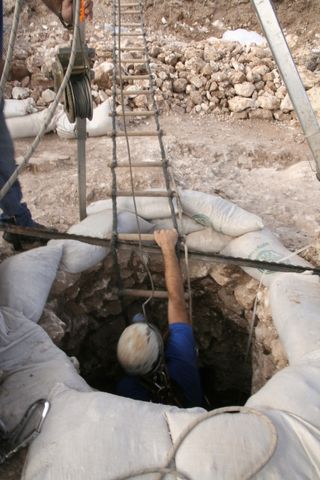
An Israel Antiquities Authority worker descends into the Stone Age well.
Stone Age Well
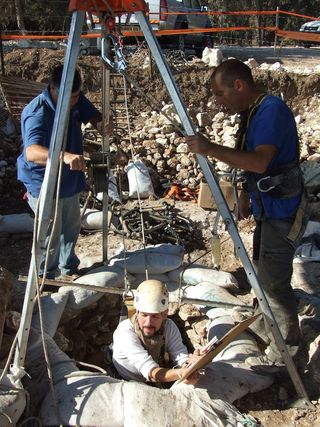
The well was built by Neolithic farmers and is about 1,000 years younger than the oldest wells ever discovered.
Cramped Archaology
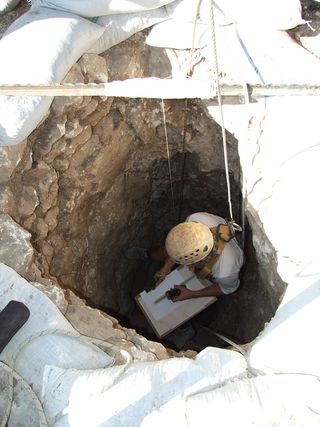
Conducting archaeology in the well is a cramped endeavor.
Sign up for the Live Science daily newsletter now
Get the world’s most fascinating discoveries delivered straight to your inbox.
Stone Tools
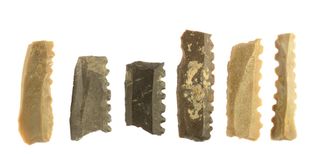
Flint tools found in the sediments that filled the well after it was closed.
Flint Tools
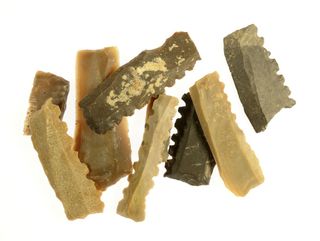
These flint tools may have been used for harvesting plants, Israeli Antiquities researchers said.

Stephanie Pappas is a contributing writer for Live Science, covering topics ranging from geoscience to archaeology to the human brain and behavior. She was previously a senior writer for Live Science but is now a freelancer based in Denver, Colorado, and regularly contributes to Scientific American and The Monitor, the monthly magazine of the American Psychological Association. Stephanie received a bachelor's degree in psychology from the University of South Carolina and a graduate certificate in science communication from the University of California, Santa Cruz.